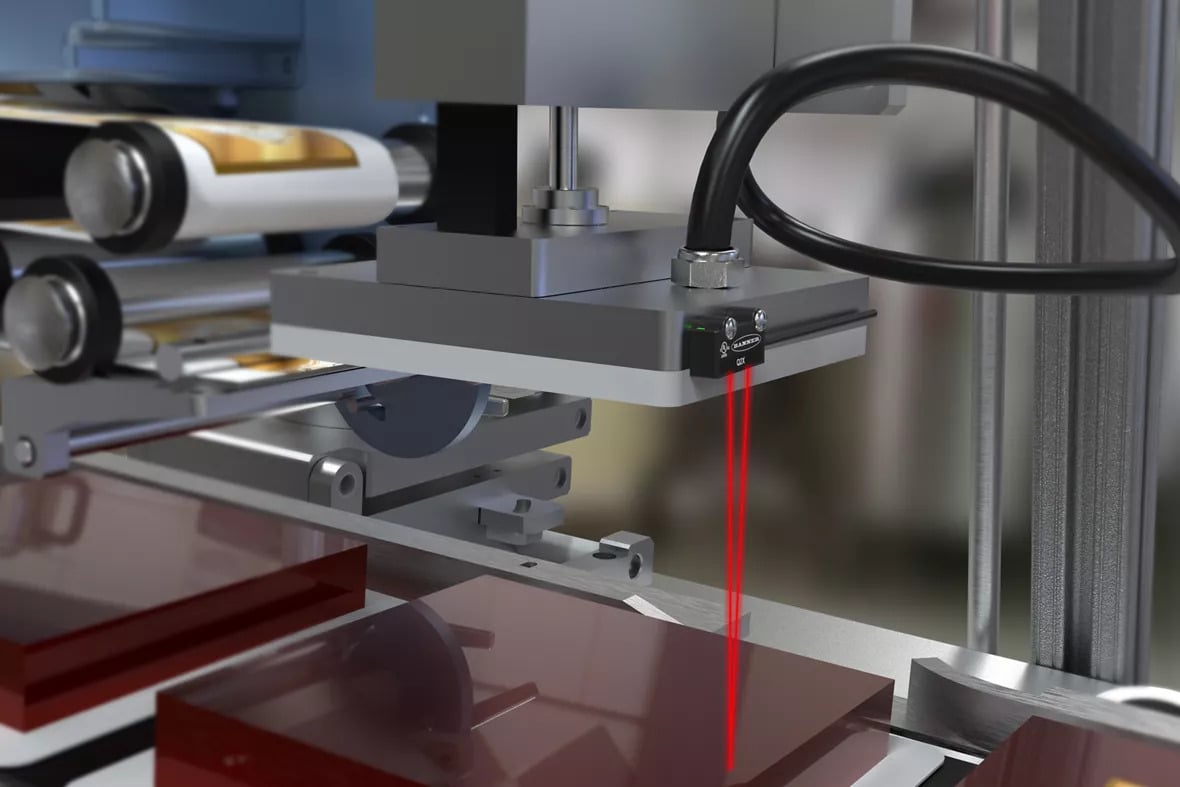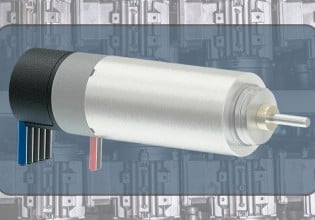Laser Precision and Customizable Cutoff: Banner Adds Sensing Modes to Q2X Series
Banner Engineering has improved the versatility and flexibility of its Q2X series of miniature photoelectric sensors by adding two new sensing modes: fixed-field and laser measurement.
Banner Engineering has expanded its Q2X miniature photoelectric sensor series to include fixed-field and laser measurement sensors.

The Q2X sensor series works well in various applications thanks to its compact size, lightweight, and different sensing modes. Image used courtesy of Banner Engineering
The Q2X Miniature Photoelectric Sensor
Banner Engineering’s Q2X series of photoelectric sensors feature compact housing and a light weight, allowing the sensors to be used in a variety of applications, such as robotic palletizing, assembly operations, or high-speed transfer operations. The addition of new sensor models expands the Q2X's series capabilities to increase sensing distance and accuracy.
With fixed-field mode, users can detect objects while disregarding objects beyond the predetermined cutoff distances of 15 mm, 30 mm, or 50 mm. Meanwhile, the laser measurement mode extends the sensors' capability, enabling them to accurately measure and detect targets up to three meters away, even under challenging conditions.

The fixed-field sensors detect objects within predetermined cutoff distances. Image used courtesy of Banner Engineering
Fixed-field Sensor
The Q2X fixed-field sensor enables precise identification of objects within a defined range while disregarding those beyond a predetermined cutoff distance. The sensor has 15 mm, 30 mm, and 50 mm sensing distances and requires no configuration during installation, simplifying the sensor’s installation. The fixed-field mode also prevents crosstalk between multiple sensors that must be mounted in operating proximity to each other due to the application, preventing false signals from happening.
Laser Measurement Sensor
The Q2X laser measurement sensor combines the flexibility of detecting an object while also determining the distance relative to the sensor. The Q2X sensor uses an infrared class 1 laser emitter and has sensing distances of up to three meters. The sensor also has adjustable response speeds of 33 ms (fast), 100 ms (medium), and 500 ms (slow).

When paired with IO-Link, the laser measurement sensors are configured to ignore packages stuck on the chute and still detect when other objects pass through. Image used courtesy of Banner Engineering
Q2X Sensor Models
In addition to the new releases of the fixed-field and laser measurement sensors, the Q2X series has three other configurations available: adjustable-field, polarized retroreflective, and opposed.
-
The adjustable-field mode uses a small, bright-red LED or a class 1 laser emitter to detect objects within the adjustable cutoff distance of 18 mm to 150 mm. The sensor uses a powerful emitter with high excess gain, allowing it to detect dark or other objects that are challenging to detect.
-
The polarized retroreflective mode uses a bright-red LED to detect light, dark, or shiny objects and can detect them moving at high speeds with a 600 μs response time. It requires a reflector and can be used for ultra-short-range applications down to 3 mm.
-
The opposed mode uses a configuration emitter and receiver that are mounted at a distance of up to three meters apart. In this mode, users can detect objects as small as 4 mm while decreasing false and missed detections by ignoring most dust and debris.
The addition of the new sensing modes rounds out the Q2X sensor series, opening it up to new sensing applications.






